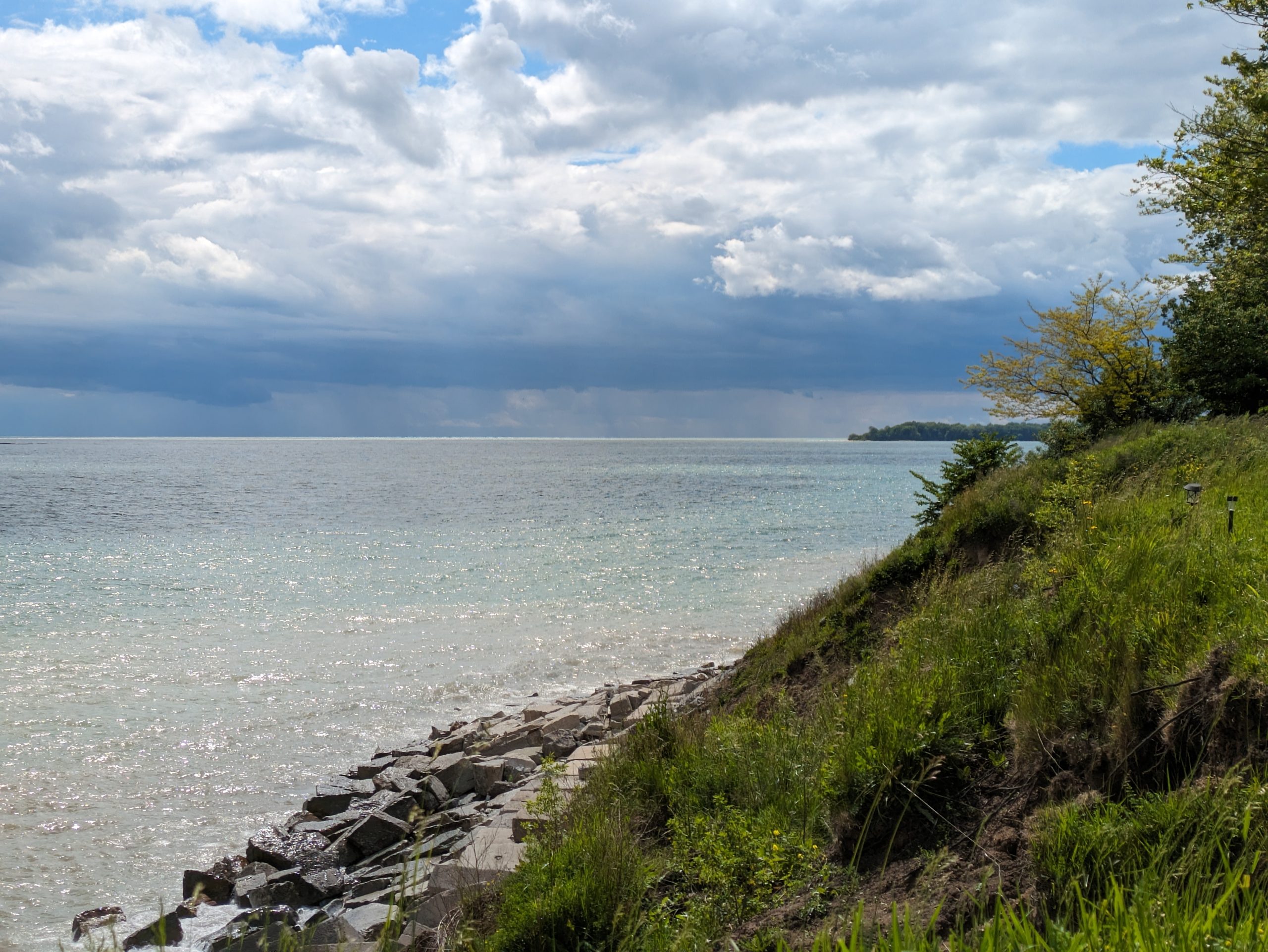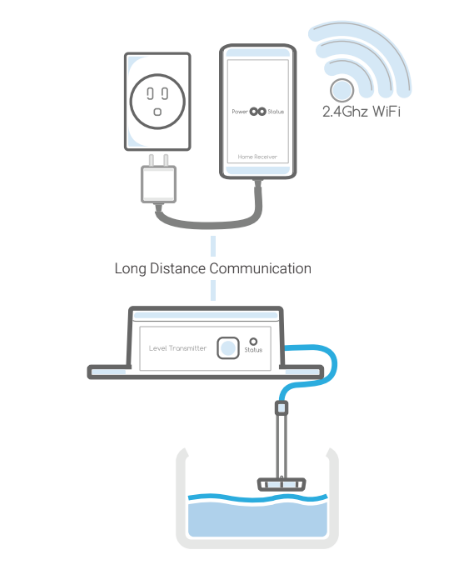Understanding the Role of Water in the Environment
Water is essential for all forms of life on Earth. It is a critical component of ecosystems, supporting plant and animal life, and maintaining the balance of natural processes. Freshwater sources, such as rivers, lakes, and groundwater, provide drinking water, irrigation for agriculture, and habitats for countless species. But when water is scarce, how can we positively impact our environment and support a healthy ecosystem through conservation?
The Threat of Water Scarcity on the Environment
Water scarcity is becoming an increasingly urgent issue worldwide. Factors such as population growth, climate change, and unsustainable water management practices contribute to the depletion of freshwater resources. Regions experiencing droughts, over-extraction of groundwater, and contamination of water supplies face significant challenges. Water scarcity threatens human health and food security. It also disrupts ecosystems, leading to the loss of biodiversity and the degradation of natural habitats.
The Benefits of Water Conservation for the Environment
Water conservation is crucial for mitigating the effects of water scarcity and preserving the environment. By reducing water usage and implementing sustainable practices, we can:
Protect Natural Ecosystems: Conserving water helps maintain the flow and quality of rivers, lakes, and wetlands, supporting diverse ecosystems and species. Learn about Stormwater Management here.
Reduce Energy Consumption: Less water usage means less energy is required for water treatment, transportation, and heating.
Improve Water Quality: Efficient water use reduces the strain on sewage systems and wastewater treatment plants, leading to cleaner water bodies.
Sustain Agriculture: Implementing water-saving techniques in agriculture ensures the long-term viability of food production. This can also preserve soil health and prevent erosion.

Water Conservation Tips
Water Conservation Ideas for Indoors and Outdoors
Fix Leaks: Repair dripping faucets, leaking toilets, and faulty pipes to prevent water waste.
Install Water-Efficient Fixtures: Use low-flow showerheads, faucets, and toilets to reduce water consumption without sacrificing performance.
Use Water-Saving Appliances: Choose dishwashers and washing machines with high efficiency ratings to positively impact your household water conservation.
Shorten Showers: Limit shower time and turn off the water while soaping up or shampooing.
Water Plants Wisely: Water plants in the early morning or late evening to minimize evaporation. Use mulch to retain soil moisture.
Choose Native Plants: Choose native and drought-resistant plants that require less water and are better adapted to the local climate.
Smart Cistern and Well Level Monitoring helps with Conservation
Install Smart Cisterns Monitors: Use cistern level and temperature monitors that report water levels and usage history to understand water usage and water collection trends in your cistern.
Monitor Well Levels: Implement well level monitoring systems to track water usage and detect any irregularities or drops in water levels, ensuring sustainable groundwater management.
Collect Rainwater: Set up rainwater harvesting systems to collect and store rainwater for irrigation and other non-potable uses, reducing dependence on municipal water supplies.

By adopting these water conservation practices, we can collectively make a significant impact on preserving our precious water resources and protecting the environment for future generations.









